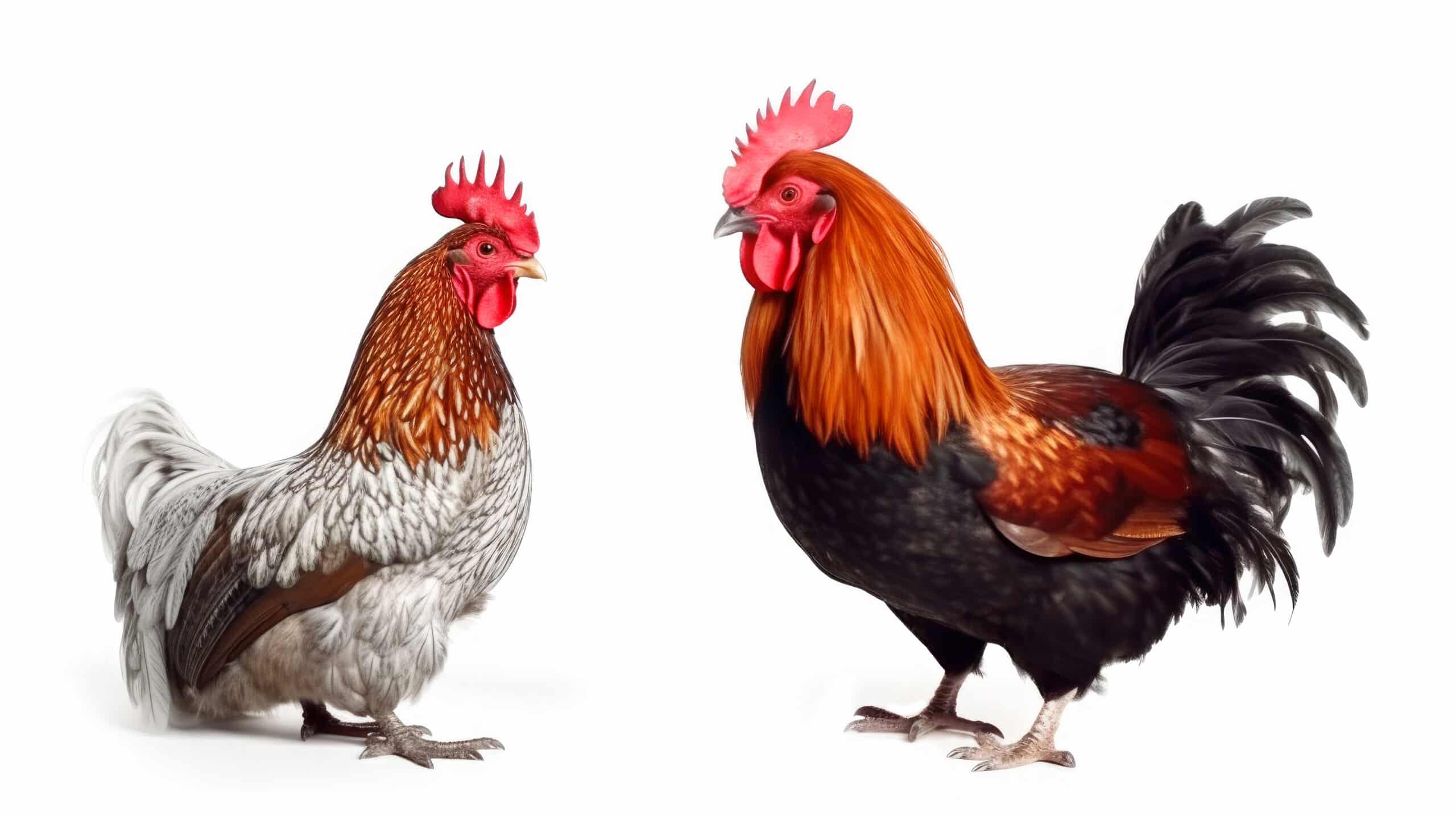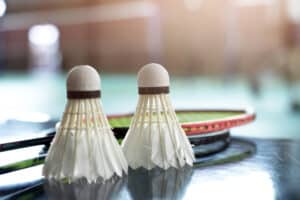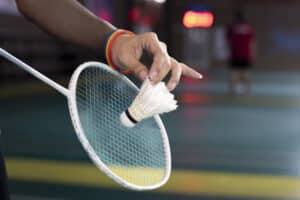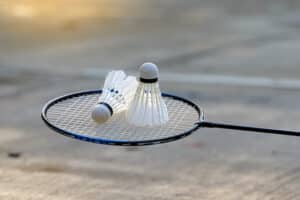What’s the Difference Between a Shuttlecock and a Birdie?
Key Takeaways
- The terms “shuttlecock” and “birdie” are often used interchangeably in the game of badminton.
- Shuttlecock is the more common term used in international badminton competitions, while birdie is often used in casual or recreational settings.
- Feather shuttlecocks are generally lighter and have a faster flight speed compared to synthetic shuttlecocks, while synthetic shuttlecocks are more durable and can withstand different weather conditions.
In the game of badminton, the terms “shuttlecock” and “birdie” are often used interchangeably to refer to the object that is hit back and forth across the court. However, is there any difference between these two terms? Let’s explore the nuances and distinctions between a shuttlecock and a birdie.
Origin and Naming
The name “shuttlecock” derives from the fact that it is shuttled or shuttled back and forth from one side of the court to the other during the game. On the other hand, the term “birdie” stems from the fact that feathers are used in the making of this projectile. It is worth noting that not all birdies are made with feathers, as some are crafted with artificial skirts instead.
Usage Differences
While the terms shuttlecock and birdie are technically synonymous, they are used differently in various regions and contexts. In general, shuttlecock is the more common term used in international badminton competitions, while birdie is often used in casual or recreational settings. However, it is important to emphasize that both terms refer to the same object used in the game.
Design Variations
Shuttlecocks and birdies can have slight design variations, particularly in terms of their base and feathers or skirts. Traditional shuttlecocks have a base made of cork, which provides stability and durability during play. The feathers on these shuttlecocks are carefully selected and positioned to ensure optimal flight performance.
On the other hand, birdies with artificial skirts are designed to mimic the flight characteristics of feather shuttlecocks. These synthetic options are often more durable and can withstand different weather conditions. The choice between feather and synthetic shuttlecocks ultimately depends on personal preference and playing conditions.
Weight and Speed Considerations
The weight and speed of a shuttlecock or birdie are crucial factors in badminton. Feather shuttlecocks are generally lighter and have a faster flight speed compared to their synthetic counterparts. The lightness of feather shuttlecocks allows for greater maneuverability and quicker reactions on the court.
Synthetic shuttlecocks, on the other hand, tend to be slightly heavier and have a slower flight speed. This can be advantageous for players who prefer a more controlled and predictable game. The weight and speed of a shuttlecock can impact the dynamics of a match, requiring players to adjust their playing style accordingly.
Materials and Performance
The materials used in the construction of shuttlecocks play a significant role in their performance. Feather shuttlecocks are typically made with high-quality feathers, such as those from ducks or geese. The number of feathers and their placement on the base affect the flight stability and control of the shuttlecock.
Synthetic shuttlecocks, on the other hand, are crafted using materials like nylon or plastic. These shuttlecocks are known for their durability and versatility, as they can withstand repeated use without significant wear and tear. Synthetic shuttlecocks are often preferred for recreational play or training sessions.
Selecting the Right Shuttlecock
Choosing the right shuttlecock depends on various factors, including playing level, personal preference, and playing conditions. For feather shuttlecocks, it is important to check the quality and shape of the feathers, as these can impact the flight characteristics. Feather count is also a crucial consideration, with higher feather counts often associated with better performance.
When selecting synthetic shuttlecocks, it is important to ensure consistent speed and flight stability. Quality control is essential to maintain uniformity across a set of shuttlecocks, as variations in speed can affect gameplay. Testing different shuttlecocks and brands can help players find the right fit for their style and playing environment.
Related Websites:
FAQs:
Q: Why is badminton a popular sport?
Badminton is popular because it is a fast-paced and exciting sport that provides a great cardiovascular workout. It is also accessible to people of all ages and skill levels.
Q: What is the difference between a shuttlecock and a birdie?
In badminton, a shuttlecock and a birdie are the same thing. They refer to the object that is hit during the game.
Q: What are the flight characteristics of shuttlecocks and birdies?
Shuttlecocks are designed with more drag and slower speed, providing better control during play. Birdies, on the other hand, are engineered for faster speed and longer flight due to their lightweight construction.
Q: Which is more suitable, shuttlecocks or birdies?
The choice between shuttlecocks and birdies often depends on the player’s skill level and personal preference. Shuttlecocks offer stability and accuracy, while birdies are preferred by players seeking a faster-paced game.
Q: Are shuttlecocks and birdies durable? How much do they cost?
Shuttlecocks tend to be more fragile compared to birdies. Both shuttlecocks and birdies come in a range of prices, varying based on quality and brand.






